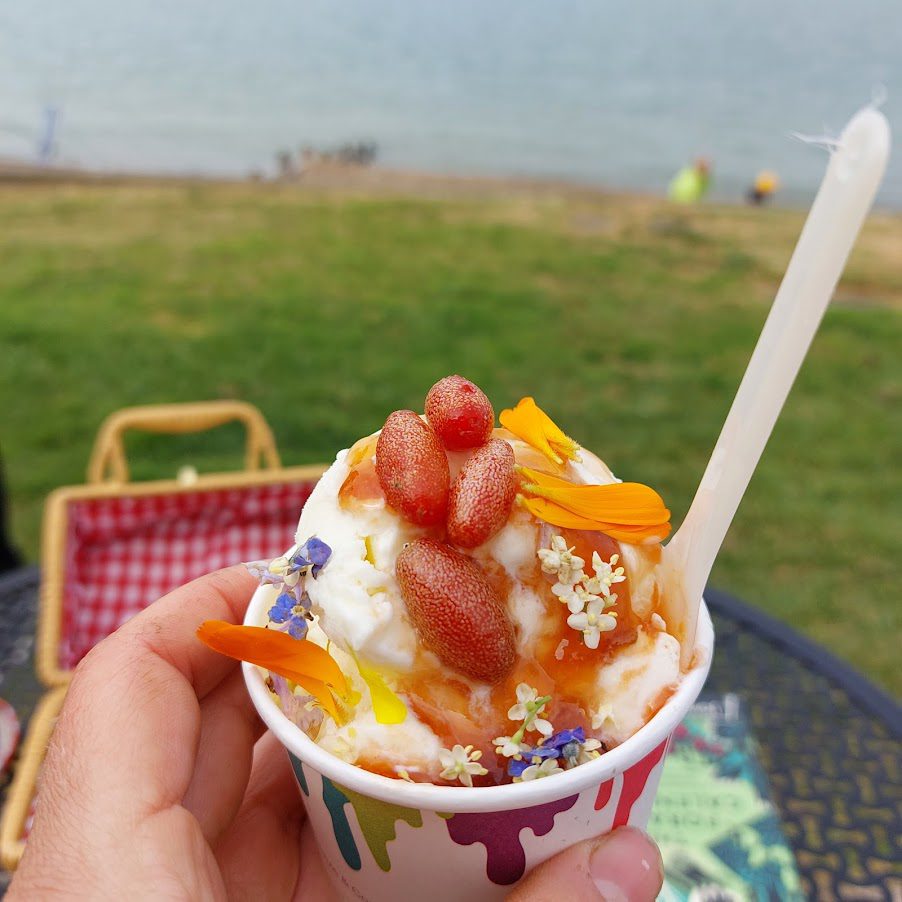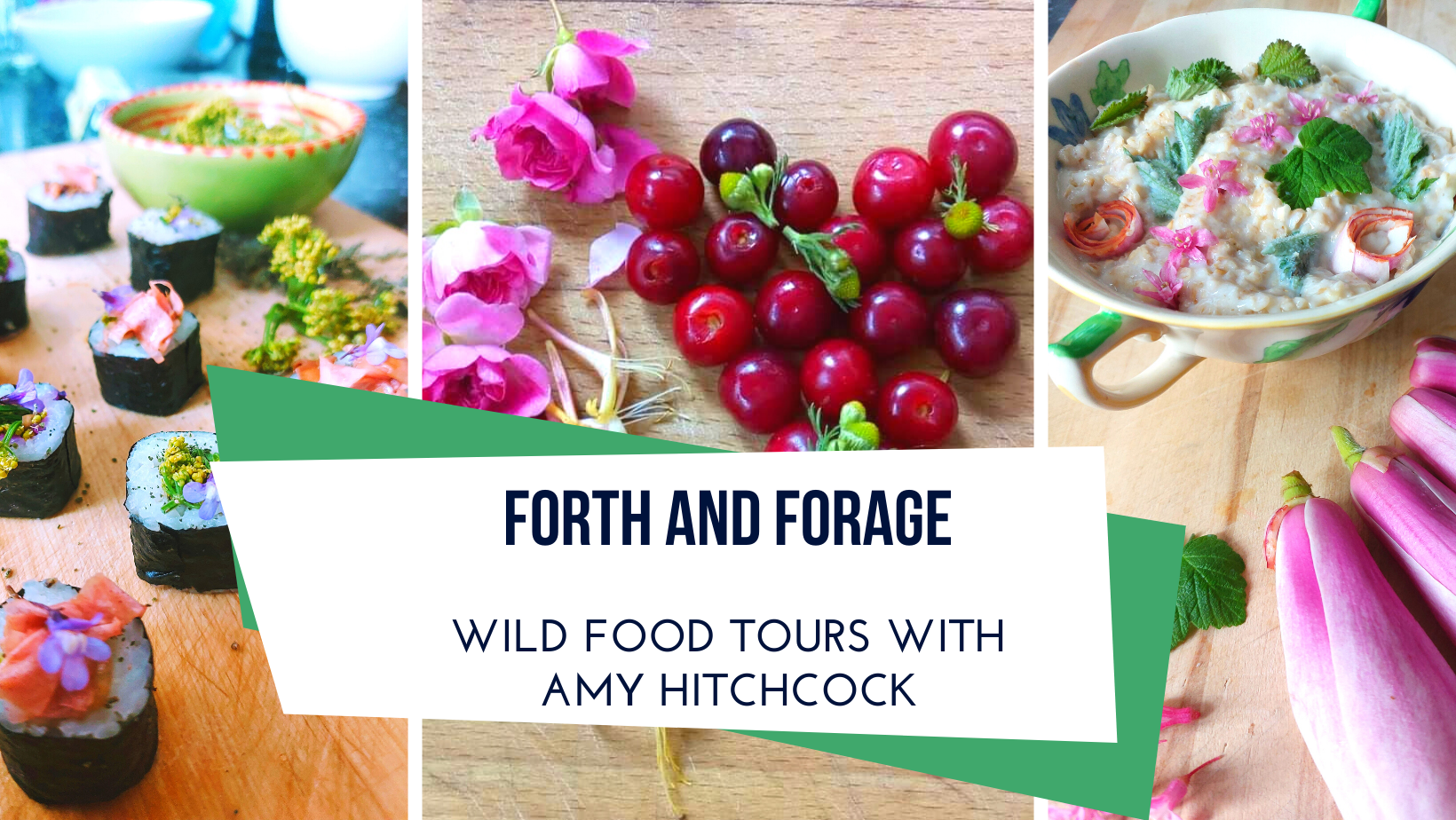How To Forage For Edible Plants and Fruits In Kent

20th June 2022
Ever wondered which plants you could eat and cook with? Amy is here to answer all your questions, from Forth and Forage, her own small business offering Wild Food Tours in Kent.
“I fell in love with foraging on moving to the Kent coast 10 years ago. The landscape of the Herne Bay downs was new and exciting. The plants were different and I set about learning some of their names. In doing so, I discovered an abundance of wild food and forgotten flavours. The blackberries, plums and apples we might be most familiar were the tip of the foraging iceberg.”
Where To Forage
We are blessed in Kent with a relatively mild climate and a beautiful coast. Some of my favourite places to forage are ‘edges’ where two habitats meet. In spring, the woodland offers onion and garlic flavours in the form of ramsons, jack-by-the-hedge and sometimes the invasive three cornered leek which is like a wild spring onion.
Meanwhile, coastal delicacies such as sea beet and purslane are putting on vigorous new growth. Surprisingly exotic flavours such as ‘cardamom’ seeds from the Alexanders plant and spicy hoary (Thanet) cress open up new horizons when it comes to reducing food miles. Who would have thought there were spices growing so close to home?
Edible Flowers
Edible flowers take centre stage, from lilac to rose, elderflower to gorse, flowers work fantastically infused into syrups. You can even freeze these in ice cube trays to enjoy a taste of summer in the depths of winter. Here, sustainability and respect is most important. When foraging for flowers they must be in abundance. A great way to give back is to plant for pollinators in your own garden. Small changes like favouring open form roses over closed ones provide far superior food sources for wildlife.
Edible Fruit
Then of course there’s the fruit – where Kent truly lives up to the Garden of England identity. When we think about foraging, blackberry stained hands might come to mind. The joy of juicy berries – sometimes tart, often sweet, can’t be ‘proper’ foraging I’ve been told. It shocks me that many discount blackberry picking – which for many are our first fond memories out in nature.
Experience
When I take locals out on a foraging tour, it’s simply the continuation of their journey, which may have begun with a blackberry or wild apple. Every new plant identified – whether edible or toxic – is a step in understanding and respecting our local landscapes. Foraging throughout the year, you become connected to the seasons, come to appreciate the rain which nourishes and sun which ripens. Summer is a parade of fruits- cherries, raspberries, damsons. Pepper and citrus are some of the surprising autumn flavours available from herbs and seeds. Winter sees edible ‘weeds’ emerging when little else will. Spring is an explosion of garlic, tender greens and fragrant herbs. Each year is an adventure with more to discover.
Nature Loving Tips
Guiding locals on their foraging journey, experience doesn’t matter so much as a respect for nature. Litter picking, spreading ripe seeds and introducing native wild food plants to our own gardens are ways to give back for what we take. With this in mind, I’d like to share my top tips for the sustainable forager:
- Only forage a plant where it is truly abundant. Forage small amounts from multiple plants.
- Research the plant and its value to wildlife
- Leave a wild space in your garden
- Plant native species in your garden
- Share your love and knowledge with others! The more people care about our wild places, the easier it is to protect them.”
Join Us
To join a foraging adventure in Kent, check out the Forth and Forage website, Facebook or Instagram @forthandforagekent.
Popular articles
Walking the Pilgrims Way
Experience the beauty of walking across the Kent Downs NL through the…
Inspiring Pub Walks In Kent
With spring just around the corner, now is the ideal time to…
Walk Leader Volunteer Opportunity
Discover how you can become a walk leader in Medway! Uncover the…




